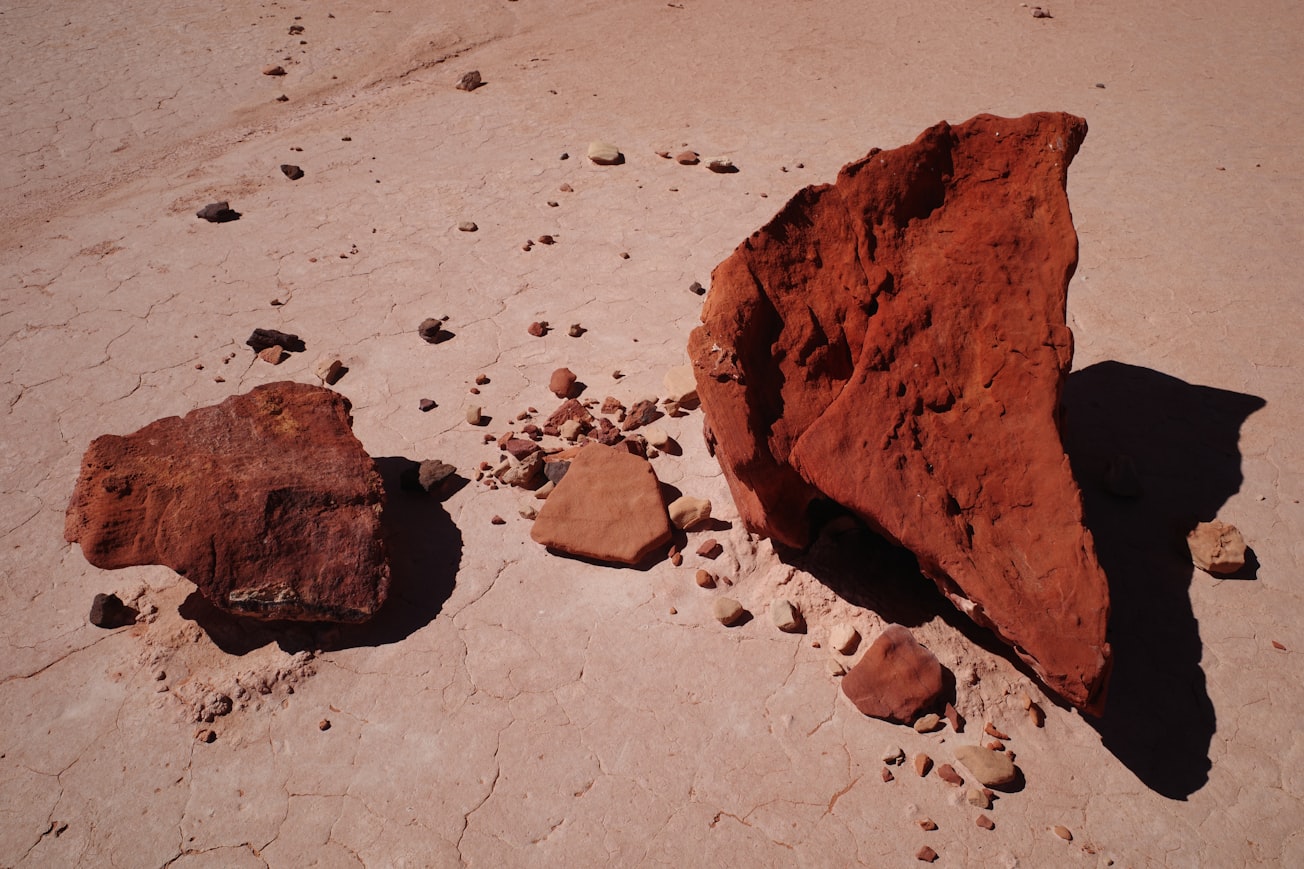What is it about?
Alterations in water content in swelling soils cause volume variation, which implies constructive, socioeconomic and environmental damage. This paper characterizes the swelling soil located in an irrigation canal of the Peruvian Altiplano and its behavior of the properties by addition of lime in 5, 10, 15 and 20% of the total weight. Finding that the sample of the station 6+575 has combined presence of montmorillonite clays in a percentage of 13.52% together with the group of kaolinites in a percentage of 1.31%, consequently, it makes expandable clay of high plasticity. The soils of the station 6+250 have the characteristics of kaolinite clay, which distinguishes it as having low plasticity. In the swelling tests the high expansiveness was found, in the station 6+575, which has decreased with the addition of lime. Considering that concrete canals are generally of small thickness it would be important to consider the slightly dangerous effects on irrigation infrastructure.
Featured Image

Photo by Josh Boaz on Unsplash
Why is it important?
The soils of the station 6+250 have the characteristics of kaolinite clay, which distinguishes it as having low plasticity. In the swelling tests the high expansiveness was found, in the station 6+575, which has decreased with the addition of lime.
Perspectives
Considering that concrete canals are generally of small thickness it would be important to consider the slightly dangerous effects on irrigation infrastructure.
Roberto Alfaro-Alejo
Universidad Nacional del Altiplano
Read the Original
This page is a summary of: Characterization of expansive soils for the foundation of an irrigation canal in the Peruvian Andes, Cabana-Mañazo case, IOP Conference Series Earth and Environmental Science, December 2021, Institute of Physics Publishing,
DOI: 10.1088/1755-1315/939/1/012062.
You can read the full text:
Resources
Contributors
The following have contributed to this page







